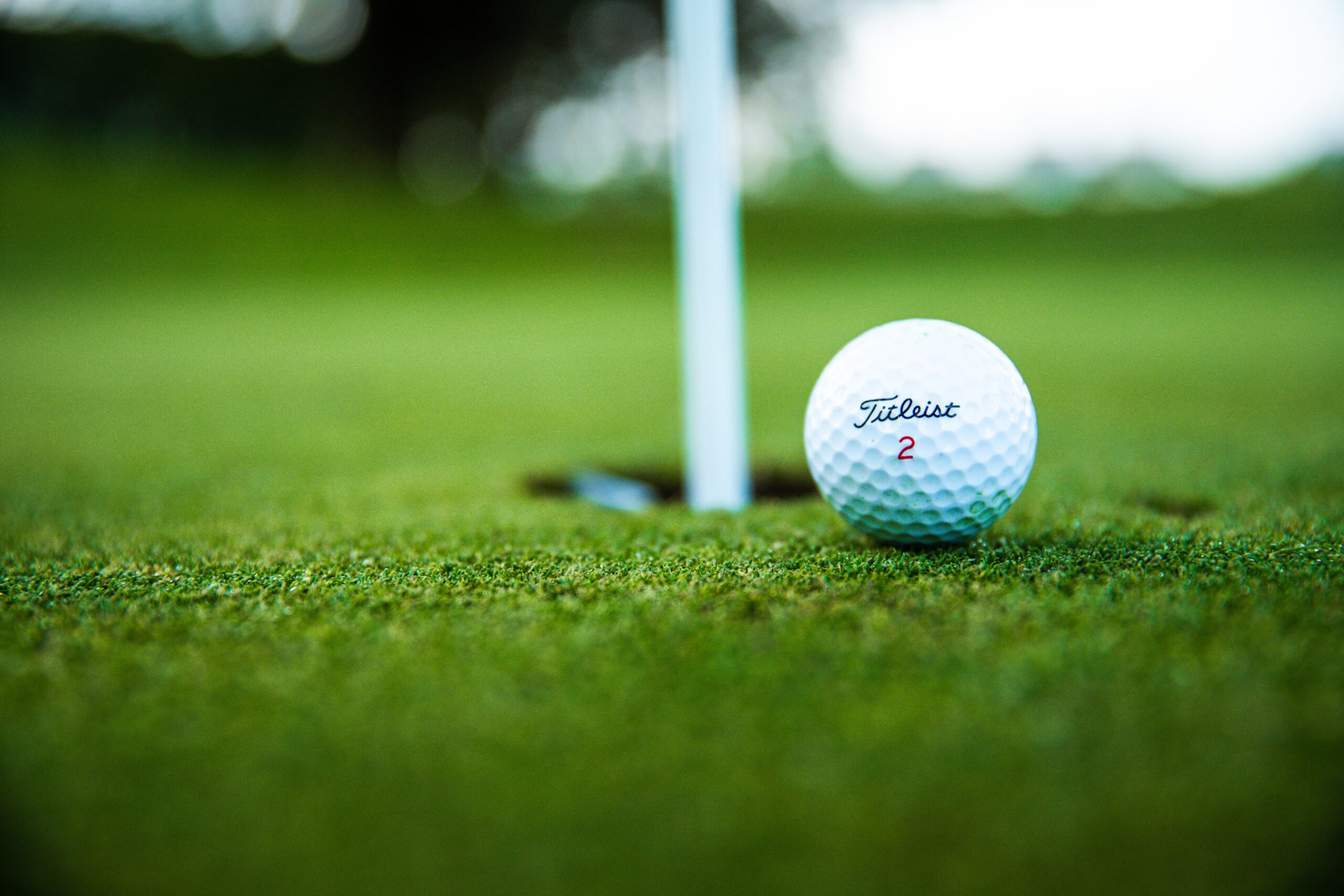
A common flaw for high handicapped golfers is the dreaded slice, that is seemingly impossible to avoid. But what a lot of golfers do not understand is that the swing is not always at fault for the shot shape that you hit. It has long been thought that by swinging “flatter” or by swinging out towards 1 o´clock that the slice will disappear, yet golfers who have tried to do one or the other, or even both still slice the ball.
There is an issue that people seem to overlook, and in my experience, it is the only thing that needs altering. The issue is simple to fix, but is often the sole cause of “coming over the top” or “casting” the golf club as you begin the downswing. The issue, one that leads me back to the need to have great fundamentals is alignment. I am amazed at how so few golfers, understand alignment correctly and even more that can´t align correctly when on a golf course.
Aiming to the right of the target for a right-handed golfer is the beginning of a slice. The closed body position creates the need for the body to swing the club outside the body and across the ball to target line as they swing down into impact. If we take the logic of alignment or aim, we have to agree that the ball will generally end up heading in the direction that we are aimed. So, if the club swings from outside to inside and our body is aiming to the right, then the ball will start left and move towards the right, A SLICE.
Now, if you naturally swing the club on a path that is outside the target line working across to the inside then you will likely have a ball flight that starts left of the target line and curves towards it. If the clubface is not square, the outcome will be different. A closed club face will lead to a pull, while an open clubface will lead to a slice. (assuming you are aligned square to the target). So, if you are aligned square to the target, with a square clubface at impact your shot will start on the target line and drift slightly right, so the correction you need to make is with your alignment. Aim slightly left of the target and your ball, with your natural shape will drift back onto the “direct” target line.
Alignment has to be the start of all diagnosis, otherwise you will misdiagnose the problem and probably cause more issues within the golf swing.

Recent Comments